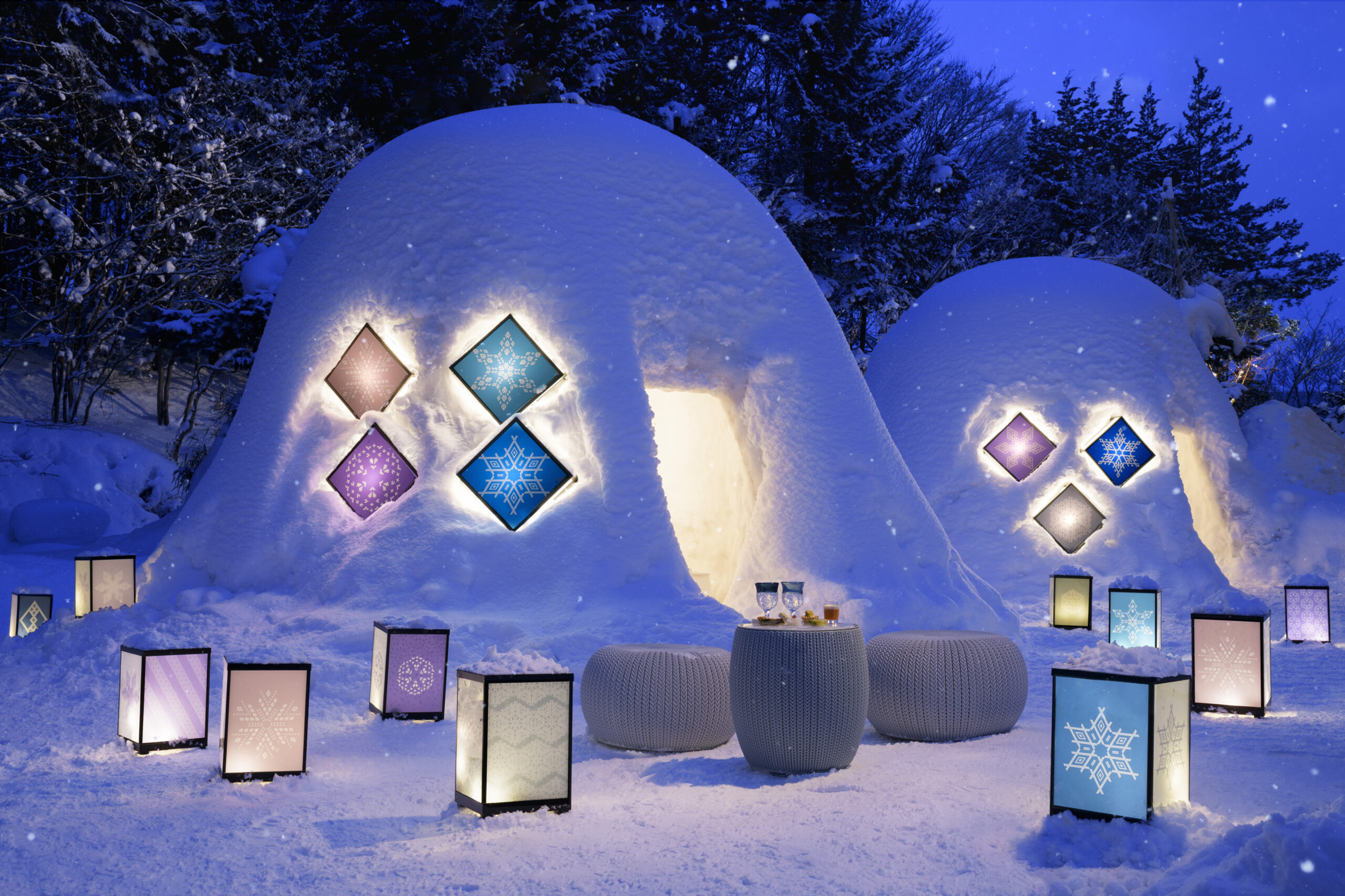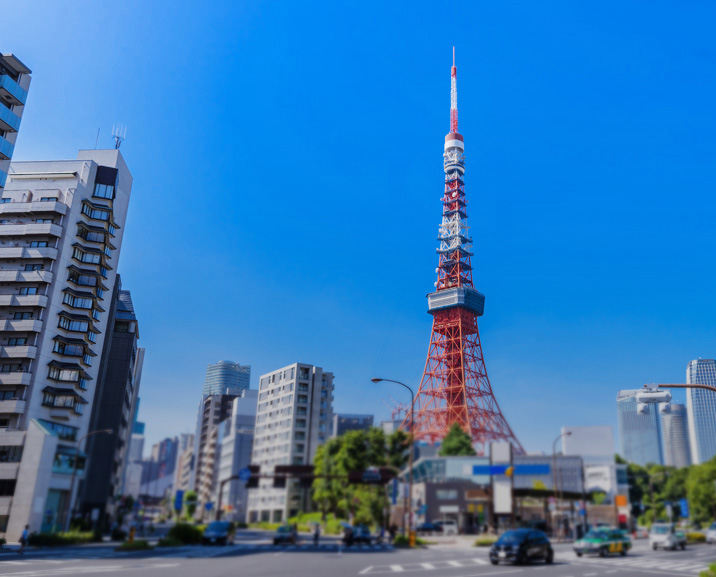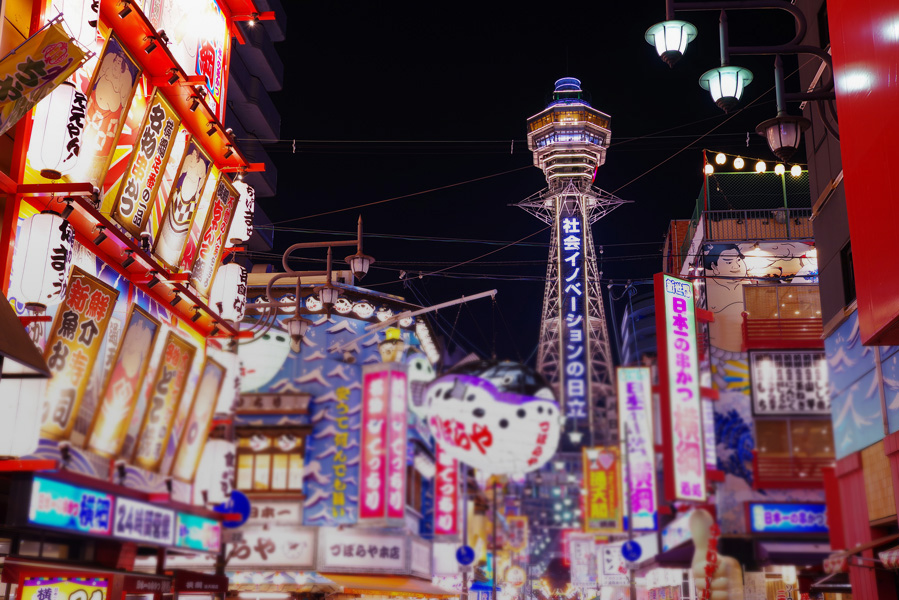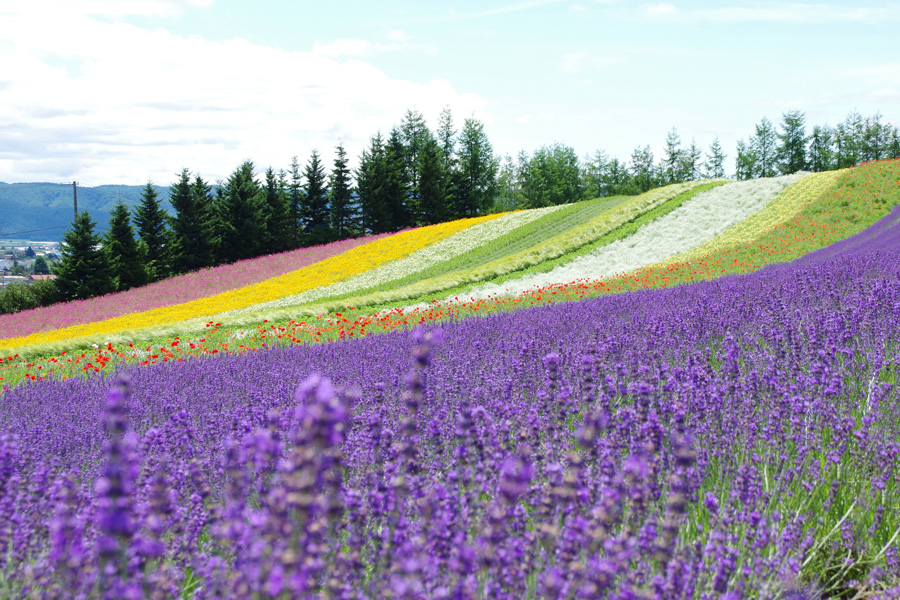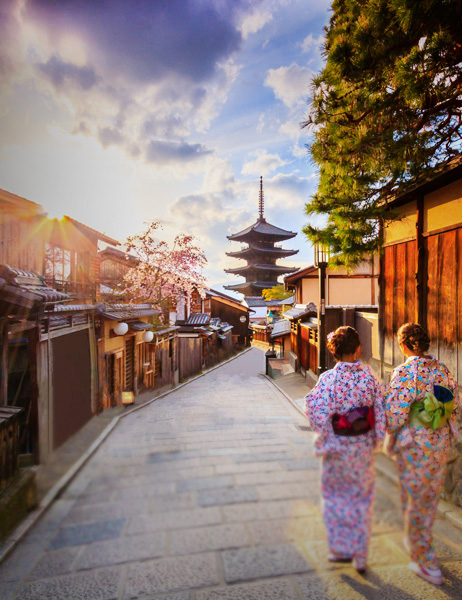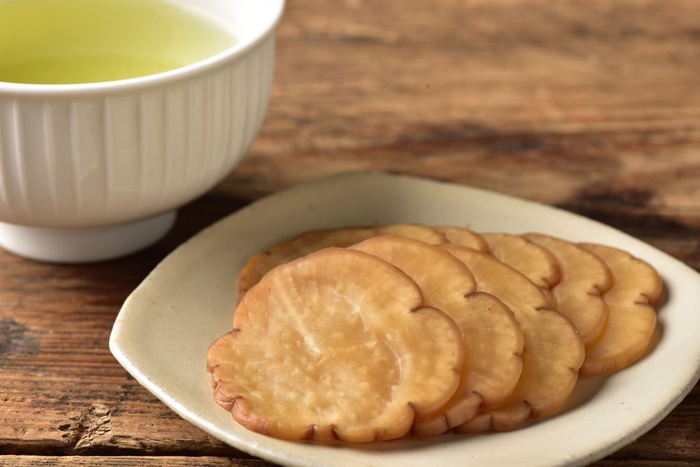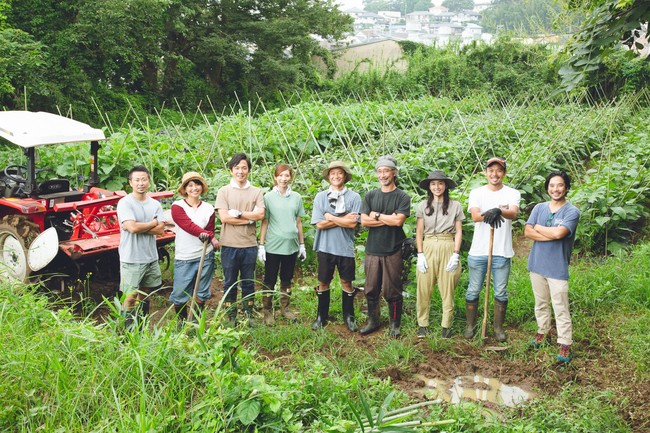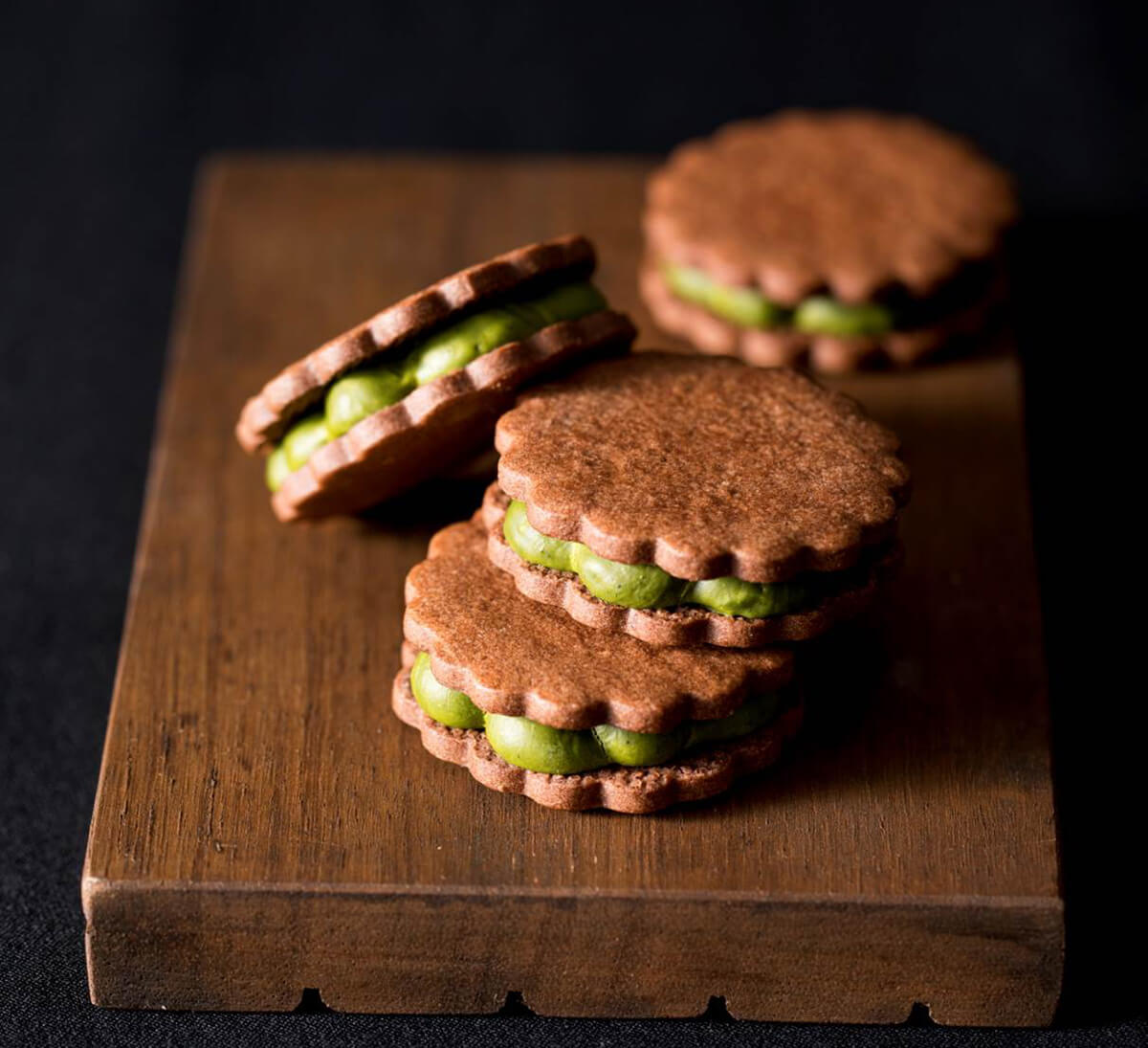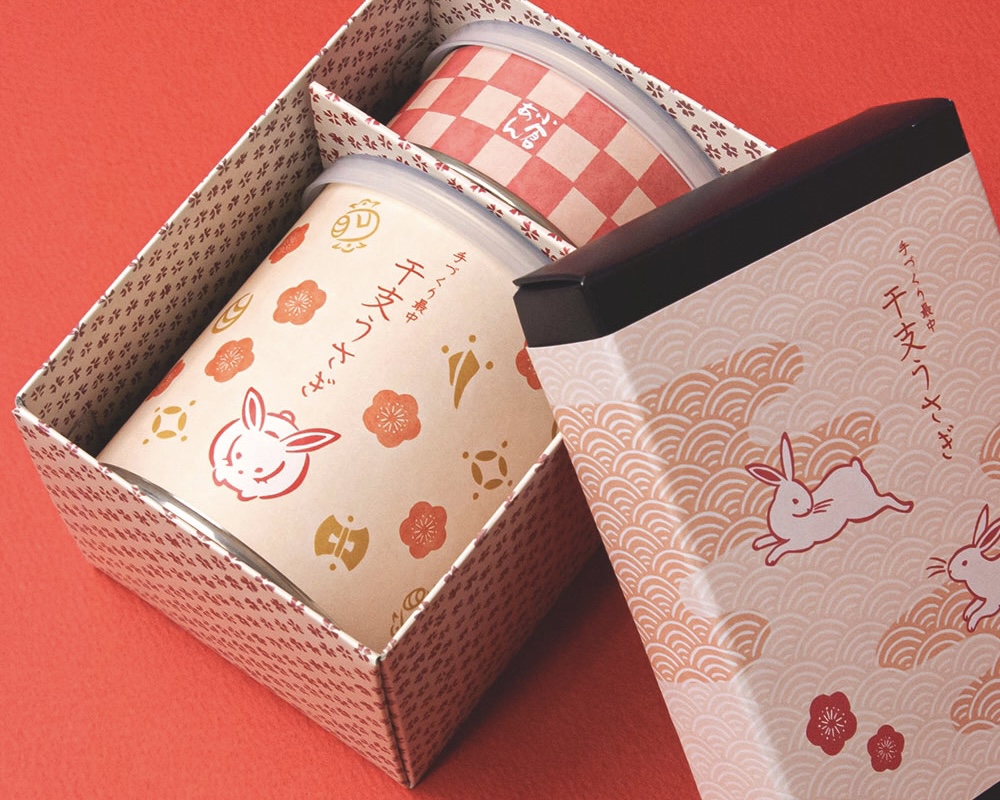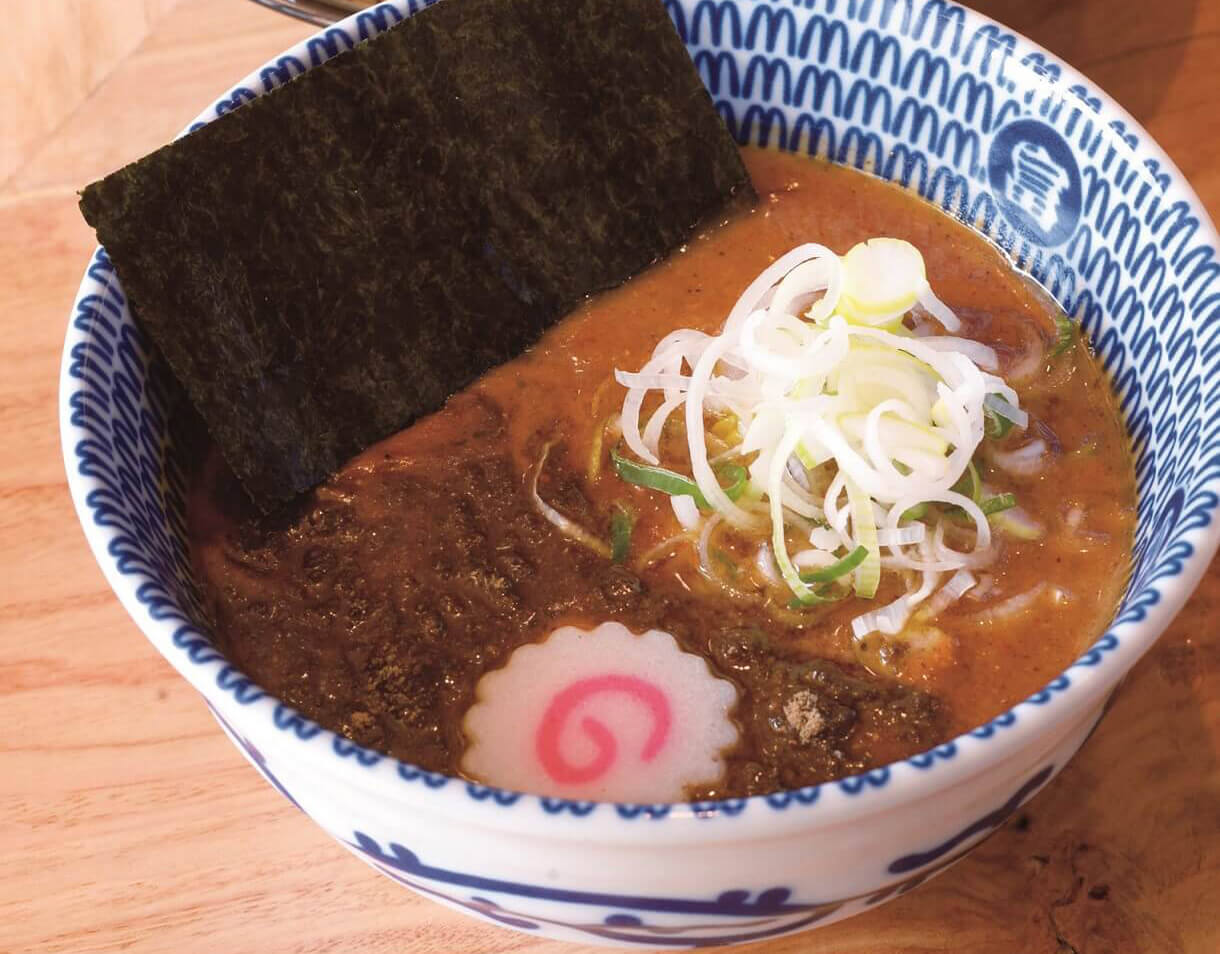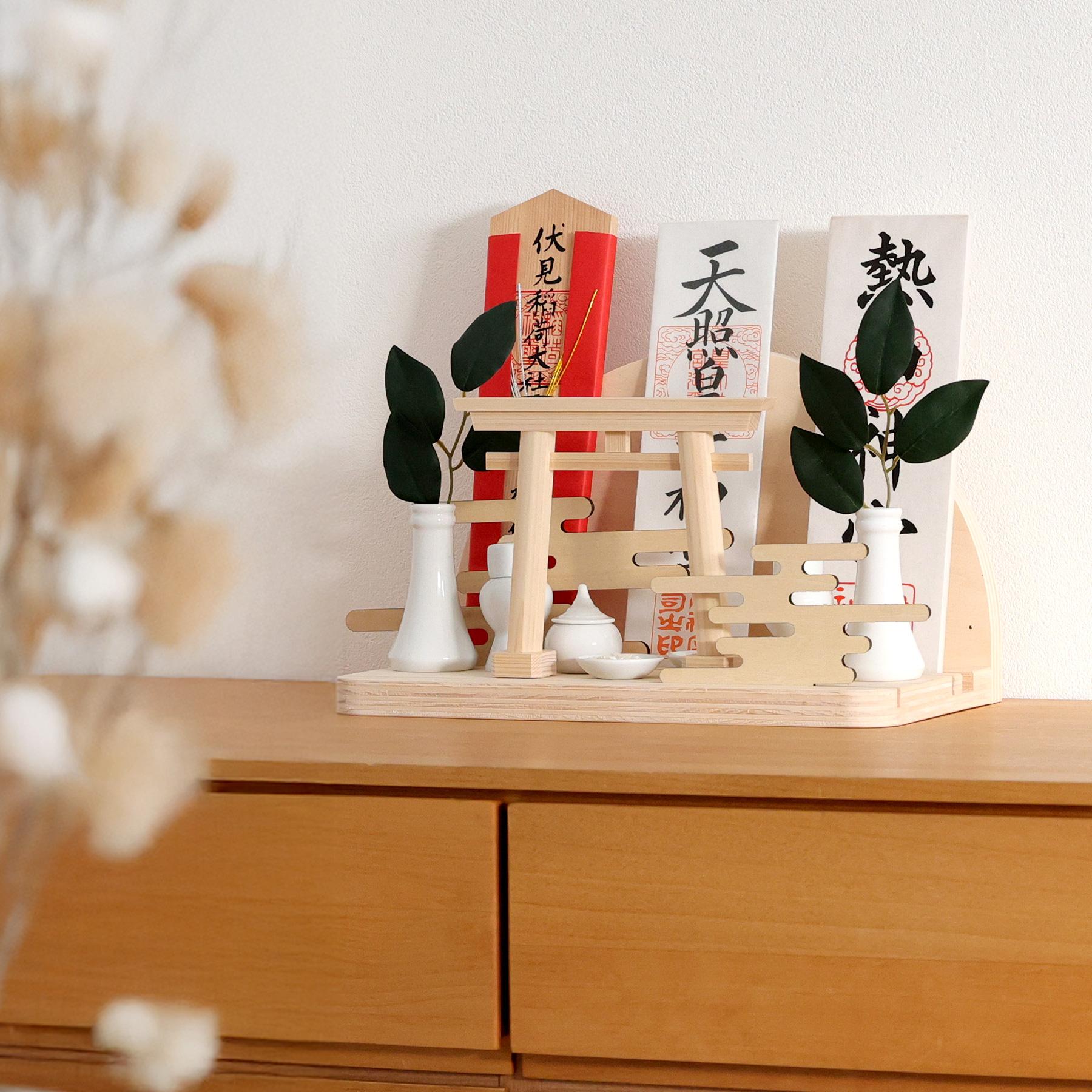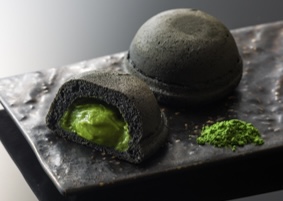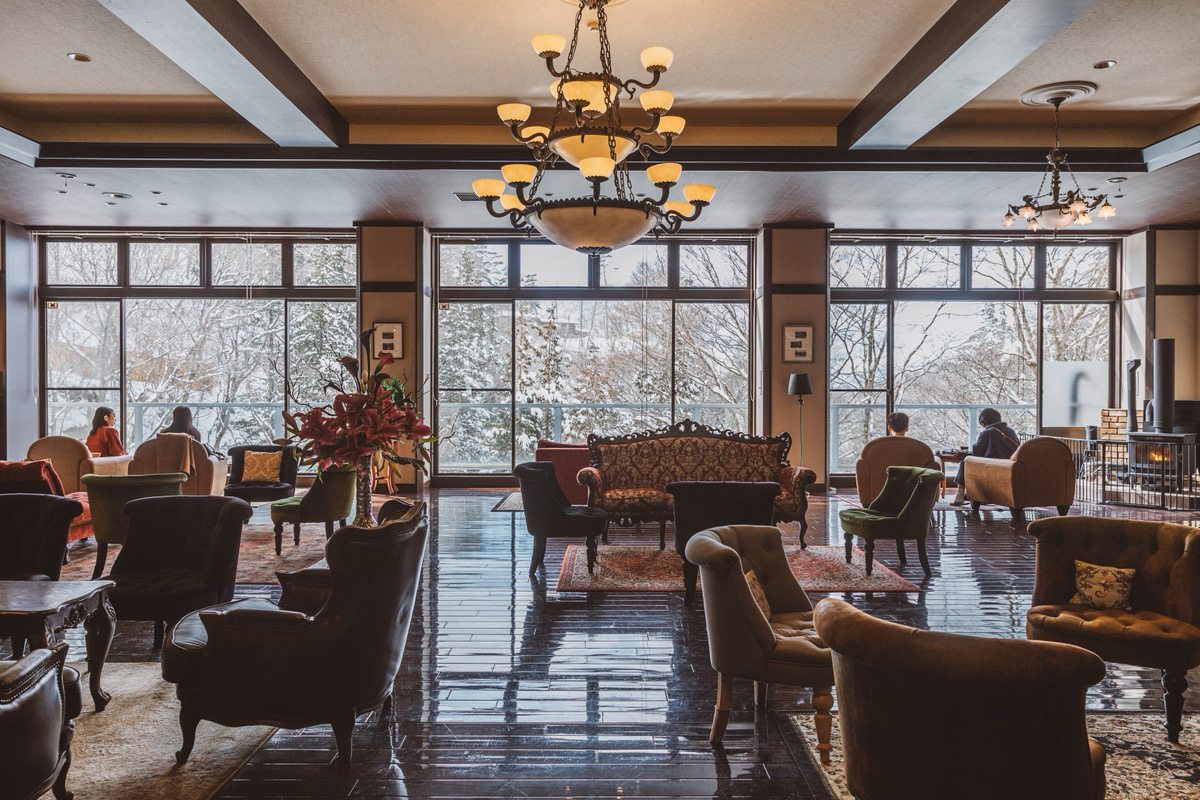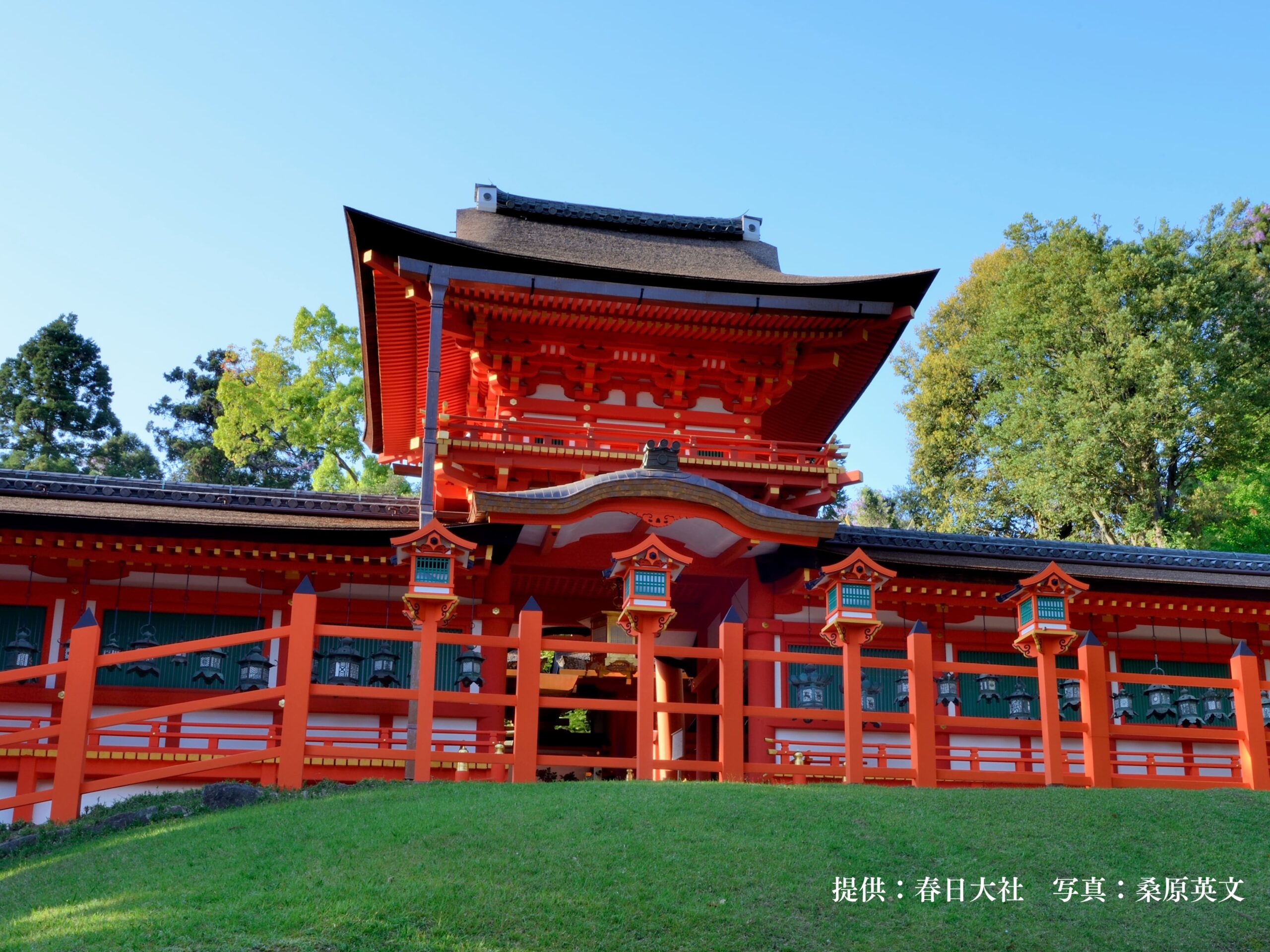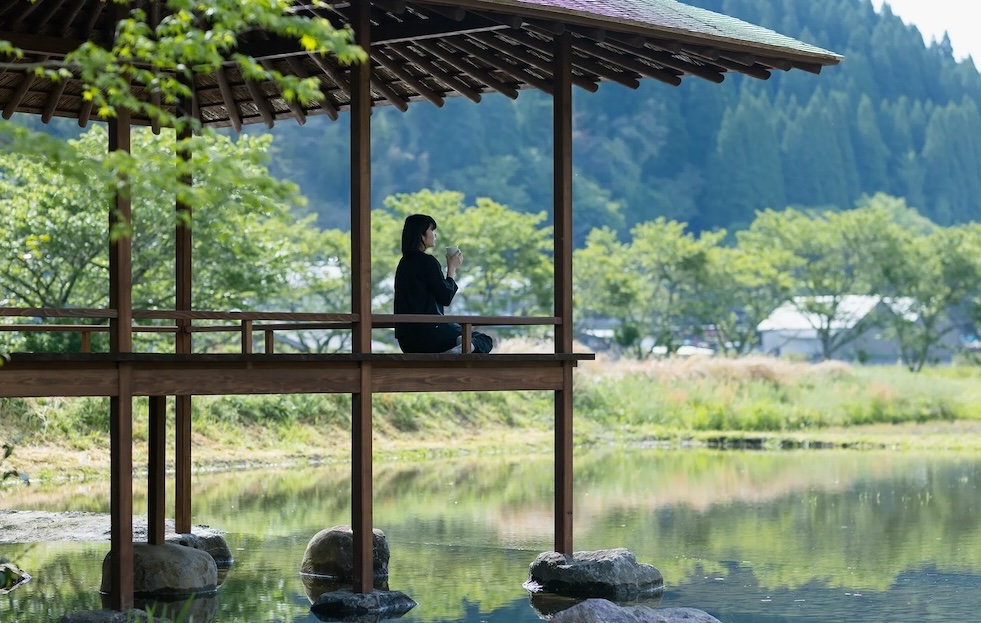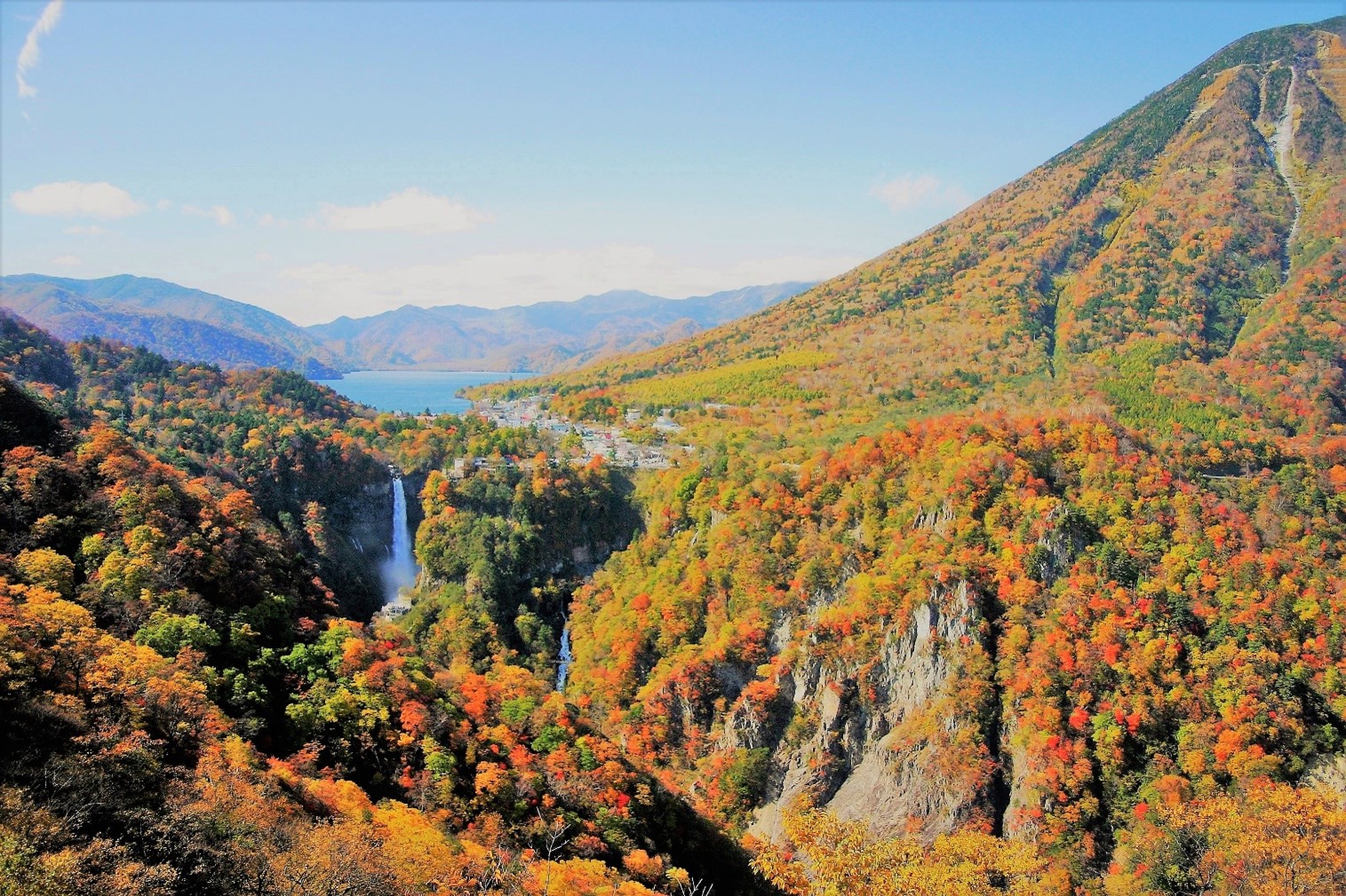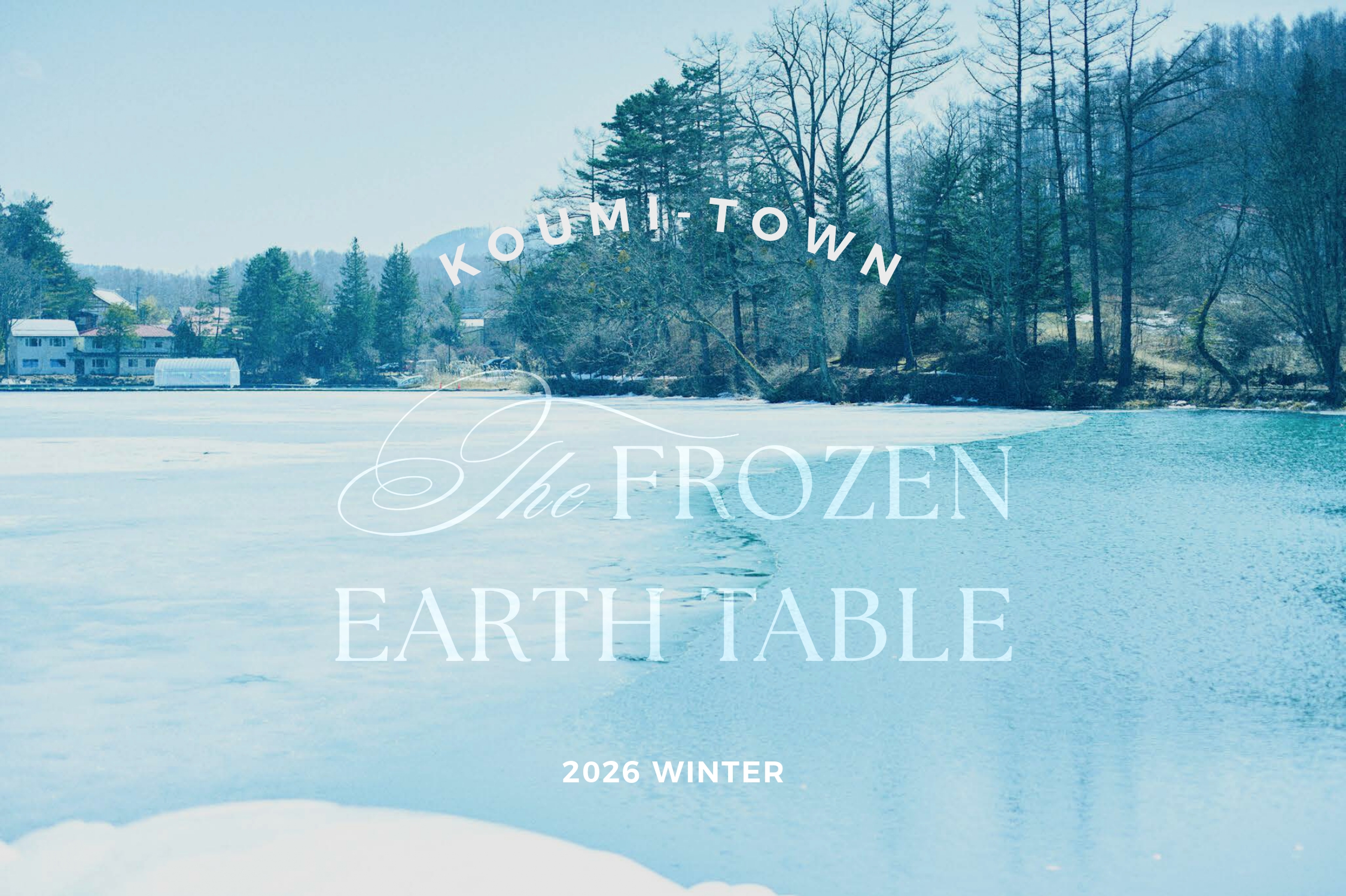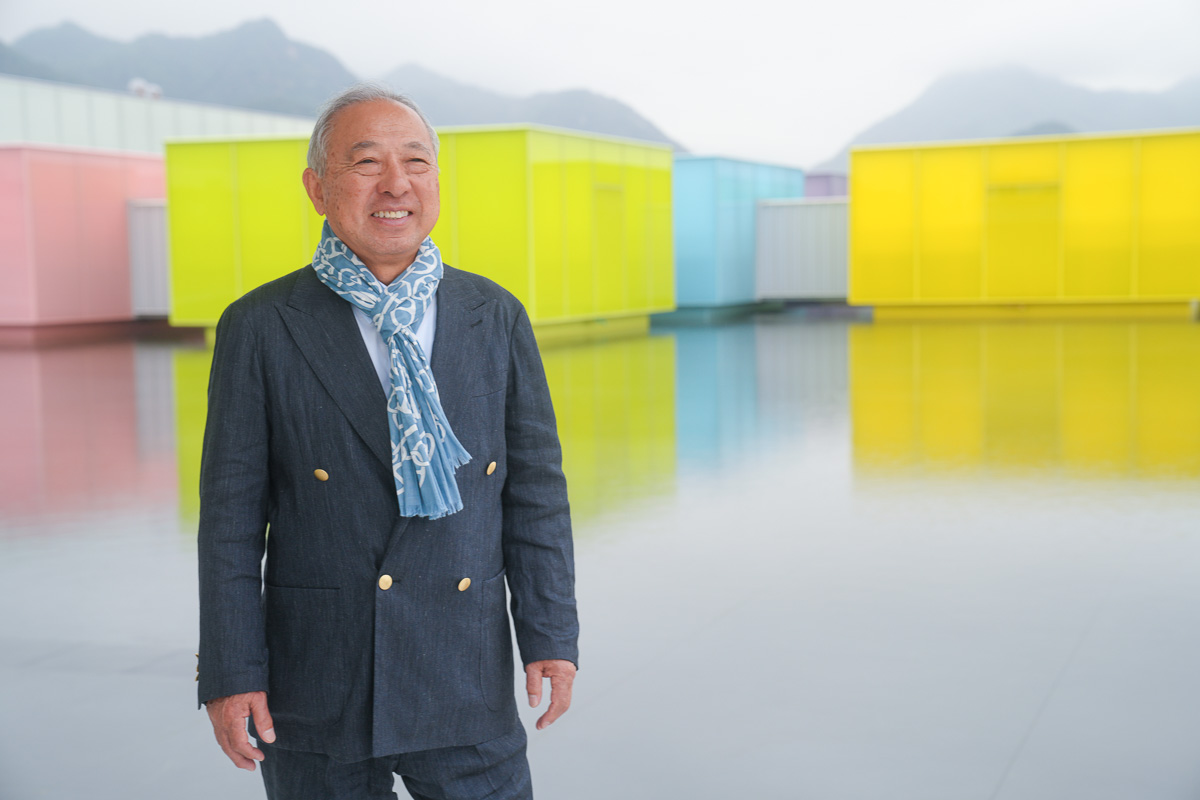On October 5, 2020, Sankuzeru, Inc. opened the “Kusefuku e-Shopping Street”, a direct-production style online shopping center where connoisseurs of Kuzefuku Shoten gather. At “Kusefuku e Shopping Street”, we are picking up producers from Akita Prefecture and their products! This time, we would like to introduce “Iburigakko” from Sarari, which processes and sells pickles in the Sannai district of Yokote City, Akita Prefecture.
Local food unique to deep snow
Local food Iburi-gakko originated in Akita prefecture. “Gakko” is a dialect of Akita that means pickles. It seems that Iburi-gakko has come to be used in the sense of pickled vegetables. Iburi-gakko started when daikon radish was hung on the hearth, smoked, and pickled to make preserved food. In the mountains of Akita, it is a traditional local food that is made and loved by each family as a valuable food during the long winter when it is closed to snow.
One of the homes of Iburi-gakko is the Yamauchi district of Yokote city. At Yamarari, we inherit the traditional manufacturing method and taste, and manufacture the special “Yamauchi Iburi-gakko” that does not use any preservatives, colorings or fragrances.
Discerning golden color
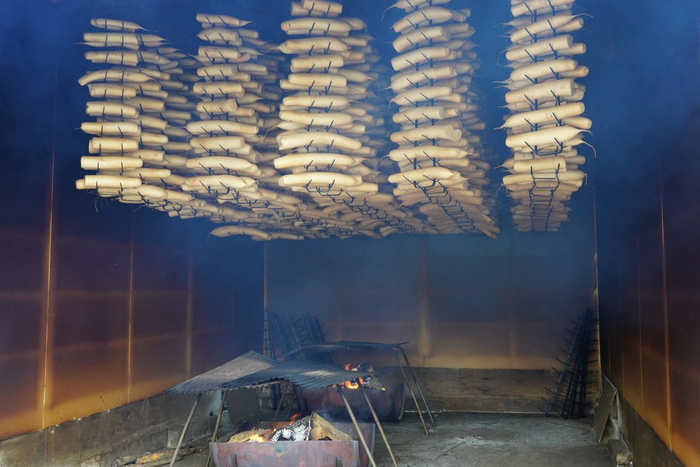
Radishes hanging from the ceiling. It seems that radishes are smoked in the “Ibushi hut” in November, which is the time of preparation once a year. It is said that up to 2000 radishes can be smoked in this hut, with thick ones smoking for 2 to 4 days and thin ones for 2 to 3 days. Not only the thickness of the radish, but also the coloring and drying condition will differ depending on the location such as on the fire or at the edge of the hut, so the skillful skill of adjusting the smoking time while checking is shining.
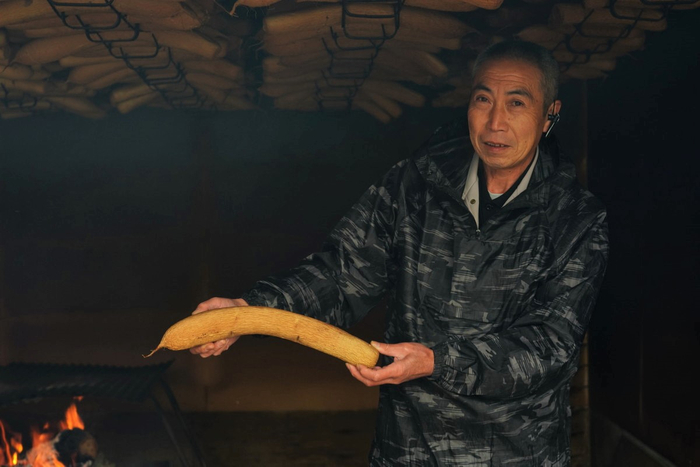
Kenichi Sato, CEO of Agricultural Producer's Association Yamarari
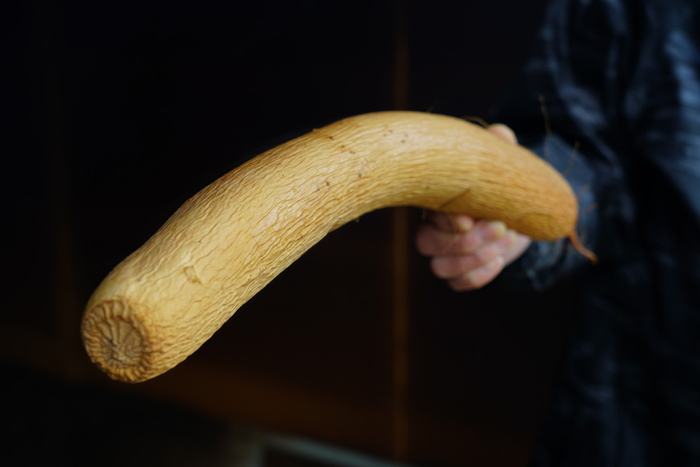
“Our characteristic is that it smokes like a golden color with only hardwood firewood,” says Sato, CEO of Yamarari. In the old days, the color was blackish and it was smoked until it became smoky, but this makes the skin hard. Therefore, it is smoked in “golden color” so that it has a better texture that suits the current taste.
Also, Iburi-gakko in Yamarari uses daikon radish grown in their own fields. Among the many varieties, we use daikon radish called “Kousuke no Suke”, which has a high moisture content and a crispy texture.
Let it lie down with carefully selected ingredients
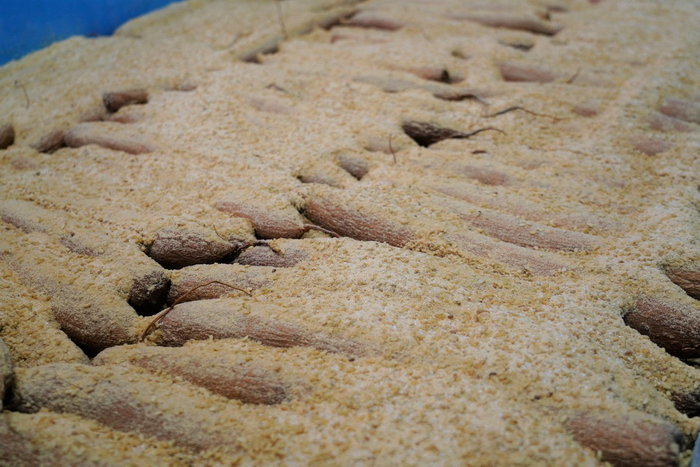
After smoking the radish, it’s finally pickled. Using the secret “Tsukemoto” made from carefully selected ingredients without using additives, it is laid down in a cold place while suppressing the fermentation speed as much as possible. The soaking period is about 60 days. The pickling work is finished around the beginning of January, and the pickled radish is washed with water in the cold snow, and the Iburi-gakko is completed.
Crispy texture and smoked scent. Adult taste that makes you addicted once you eat it.

Mix Iburi-gakko with rice balls
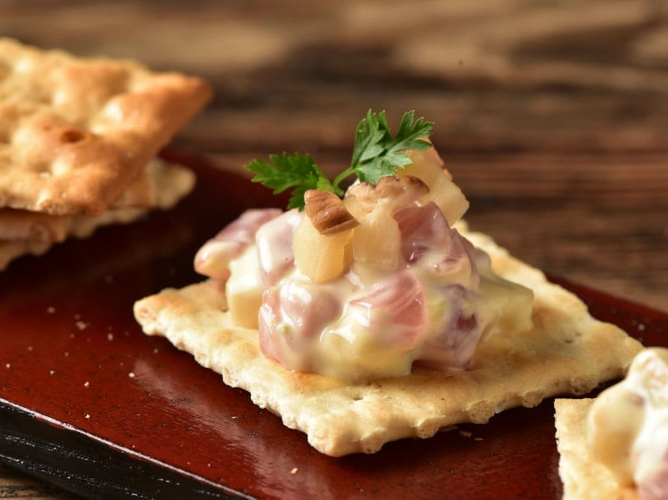
Put iburi-gakko and bacon with cream cheese on crackers
You can slice it and taste it as a companion to rice or sake, or you can chop it up and mix it with rice balls, add it to potato salad, or taste it with cream cheese, which goes well with it. Please enjoy the addictive smoky scent and crispy texture.
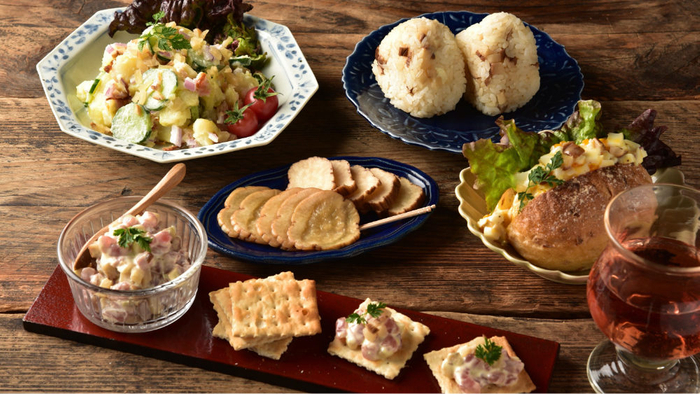
“The production isn’t high, but the taste is second to none,” says Sato. Without using additives, while inheriting the traditional manufacturing method and taste, consumers are pursuing deliciousness that suits their tastes every day. Smoked pickled iburi-gakko born in the snowy area of Akita. Please enjoy the addictive taste.
>Click here for shopping at Kuzefuku e-shopping street “Yamarakuri”
What is Kuzefuku e Shopping Street?
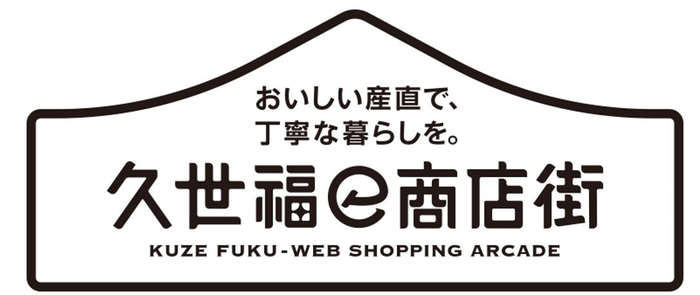
“Kusefuku e-Shopping Street” is an online mall of “direct production style” where connoisseurs of Kuzefuku Shoten gather. Seasonal and fresh ingredients, nostalgic taste of hometown, gifts for those who have taken care of us. For surprisingly delicious gourmet food, please visit “Kusefuku e Shopping Street”.
>Kuzefuku e shopping street
>Instagram
>Twitter
>Facebook
>LINE
